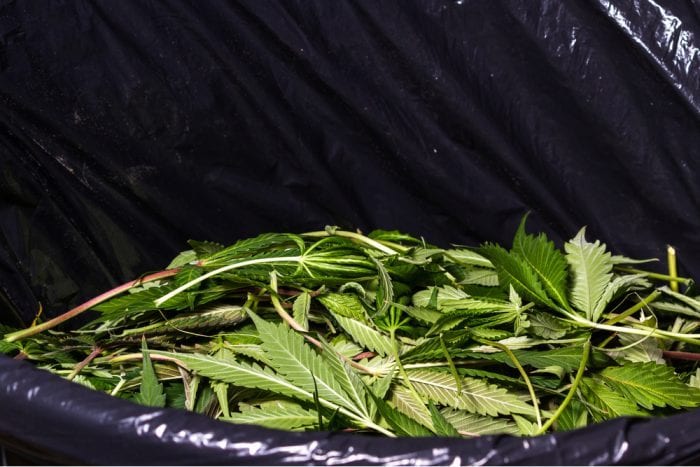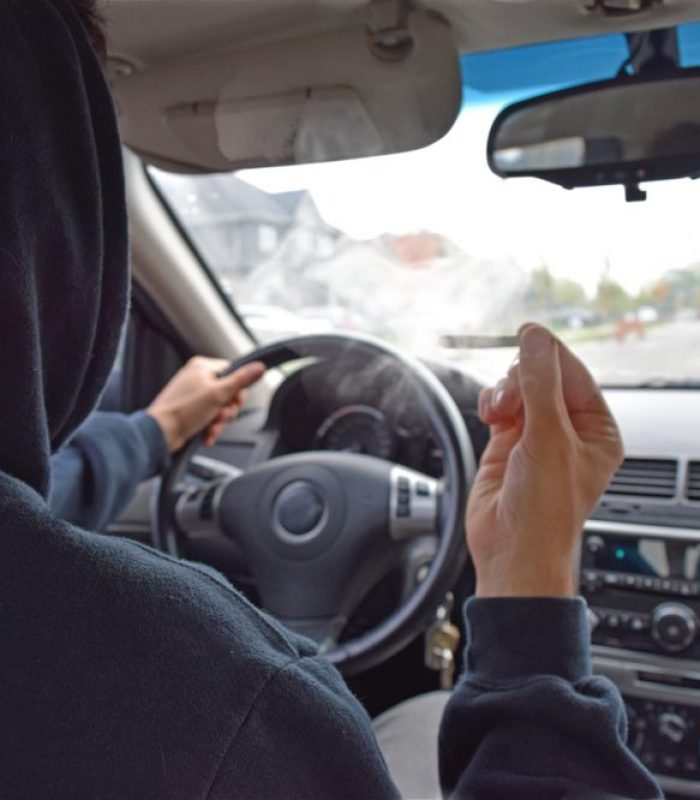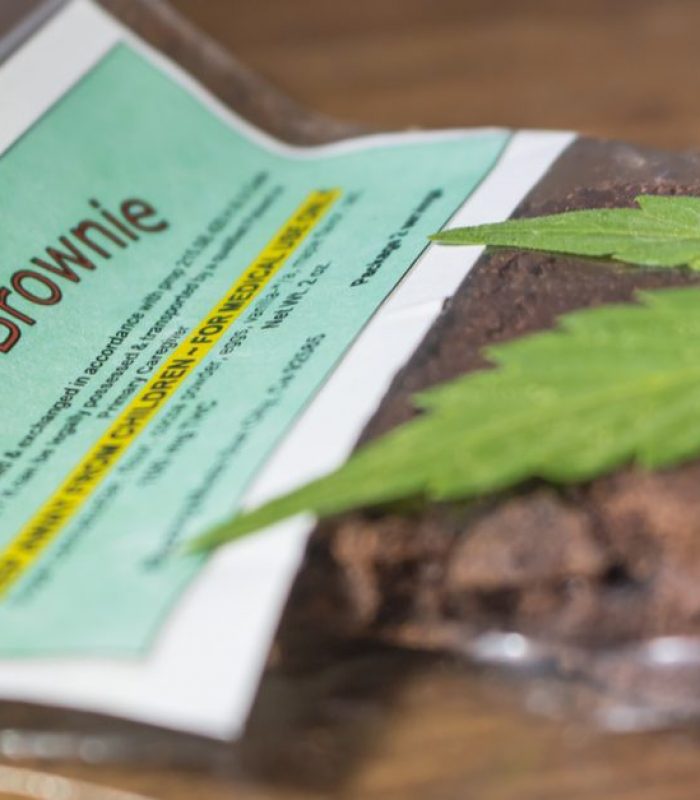Did you know that it was illegal in most regions to just compost or toss out unused trim and moldy bud?
Waste disposal might not be the sexiest topic, but it’s one that the cannabis industry is struggling with as it continues to grow. Across both the recreational and medicinal sectors, the people who grow, produce, and sell your cannabis products are grappling with the problem of cannabis waste disposal.
Considering cannabis is just a plant, you’d be forgiven if you assumed the industry could just toss it with the rest of the trash. But it’s not so simple. Producers are entangled in a complicated, regulated cannabis waste disposal system that treats leftover plant material as dangerous, harmful, and hazardous.
Why is Cannabis Waste Disposal a Big Deal?
Whether you choose to consume cannabis for its medicinal properties or its recreational pleasures, you’ll appreciate that cannabis has at least one compound worth regulating for its intoxicating prowess – THC. Cannabis waste needs to be handled properly, as it is, to some degree, a public health safety concern. Although how big this concern should be, is still up for debate.
There’s also the concern that unauthorized people will access the waste. Imagine if a licensed producer dumped his leftover trim and plant waste into a dumpster behind their greenhouse? Anyone, with any motive, could steal the ‘garbage’ and sell it on the black market.

Controlling cannabis waste, from a regulatory perspective, keeps all the parts of cannabis within the regulatory system. From seed to sale to disposal – the government knows where the product ends up. Cannabis waste disposal regulations vary from place to place, with some regions like California having especially stringent rules. According to Greenentrepreneur, cannabis waste in the state is currently managed by three separate departments, each with their own set of rules.
How do Grow Ops Manage Cannabis Waste?
Each level of the cannabis ‘food chain’ must handle their leftover product in unique ways, suitable to the products for disposal. For growers, this may mean rules on how to dispose of stems, leaves, and stalks or even the soil used to grow the plants.
Extractors need to follow specific legislation for any disposables that touch THC – this includes solvents, water, and more. Retailers need to pay special attention to packaging, and of course, expired cannabis.
Here are a few common examples of how the cannabis industry has to treat its waste to remain compliant:
- Cultivators: During cultivation, a grower must carefully track and dispose of all packaging, soil, and anything else that comes into contact with the plant. The grower has to grind up the plant material into other non-cannabis organic material, and ship off-site to a licensed composter. With the right licenses, cultivators might also be able to compost on site.
- Processors: Edible makers and extractors naturally produce a lot of waste, even beyond the plant material used in the production process. Again, they must track and carefully dispose of all packaging, leftover organic material, or anything else that has touched THC. Furthermore, extractors usually produce other hazardous waste from the solvents required during the extraction process. Under no circumstances can solvents get flushed down the drain. Only a licensed hazardous waste company may process them.
- Retailers: As the last point in production, retailers may have less waste, but it is still heavily regulated. Any damaged product, cannabis packaging, or expired product must get logged into the regional tracking system. Every retailer must detail where all product goes, even if it goes to waste. For retailers, this means contracting a licensed waste disposal company to manage their garbage.

Do You Need to Worry About Disposal of THC Waste?
Let’s look at what this bureaucratic nightmare of cannabis waste disposal means for you, the patient. As a patient, you very likely won’t have that much leftover cannabis. Maybe a tray full of roaches, or a container of stale product you find at the back of your cupboard.
When is it a good idea to throw away medicinal cannabis? There are a few reasons:
- The product is moldy or too moist and at risk for mold.
- The product is stale and the flavor is off.
- You’ve infused into butter, oil, or tincture, and the plant material is no longer medicinally useful.
- The product is not medicinally valuable (too strong, too harsh, etc)
If you find yourself in the strange position of having cannabis to get rid of, can you throw it away? Just like the medical and recreational industries, you’ll want to do so in a safe manner.
If you have pets, you’ll want to make sure there is no risk they’ll get into the trash if it contains cannabis. Same goes for kids. Young children might find a bag of stale, infused gummies in the garbage, and end up in big trouble. Teenagers might find your moldy buds and think they’ve scored big.
If you are throwing away cannabis at home, follow the protocols of the industry – destroy it in such a way that it is no longer desirable nor identifiable. This might mean flushing it down the toilet, or mixing it into your kitchen compost. If you have kids or animals, ensure these are well out of reach and tightly sealed.
Alternatives to Cannabis Waste Disposal
One of the most common questions about consumer cannabis waste is about already vaped bud (AVB). Many people choose to vaporize their medicine and end up with dry, brittle, yellowed leftover plant material. No matter how effective your vape device, there will always be a little medicinal value leftover.

Instead of throwing away the AVB, why not collect it in an airtight container for later use? There are many ingenious ways to use the product, from an AVB pick me up coffee to capsules to coconut oil infusions. You may need a bit more flower material than if you were using fresh cannabis. However, there is still tons of life left in AVB, and it would be a shame to throw it away.
Cannabis waste disposal is a growing concern for commercial producers. With a booming industry, it’s led to a major waste disposal problem. Staying compliant, through layers of regulation, is challenging for many businesses, not to mention costly.
That said, for the everyday consumer and patients, there is a minimal concern with the unused product. In the rare chance that you do need to dispose of stale, moldy, or used-up flower, do so in a manner that reduces the risk for others.





